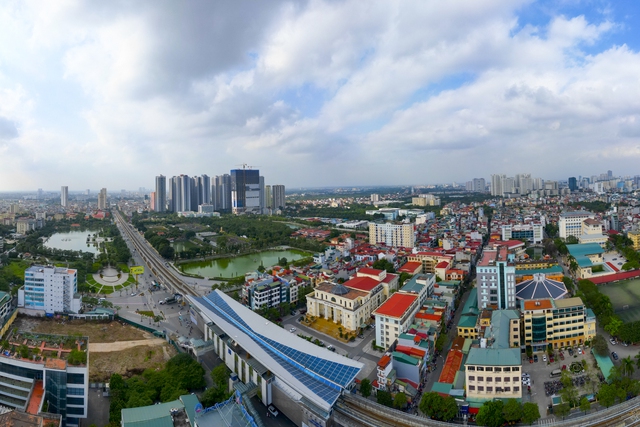
The Nhon – Hanoi metro project has its starting point at Nhon station and its final point at Hanoi station. The project has a length of 12.5 km, including 8.5 km elevated section and 4 km underground section, with a total investment of 18,000 billion VND which later increased to over 34,500 billion VND.
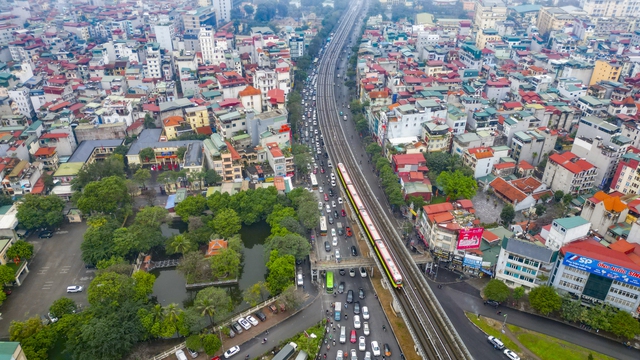
The overall progress of the pilot urban railway line in Hanoi, from Nhon to Hanoi station, has reached 77.76% (the progress of the elevated section is 99.65% and the progress of the underground section is 37.25%).
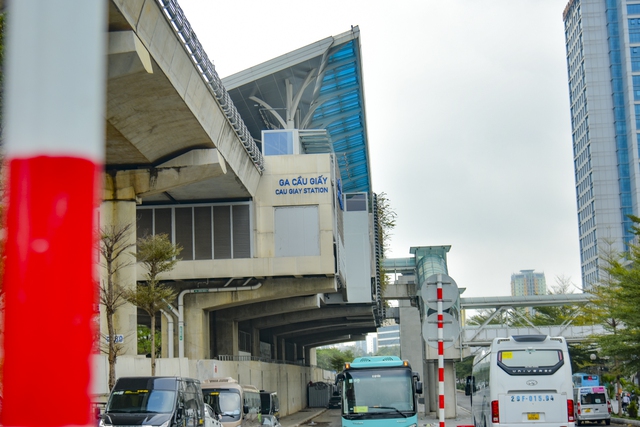
This metro line started construction in September 2010 with the goal of completion and putting into operation by the end of 2015. However, due to multiple adjustments to the schedule, it is expected that the elevated section of the Nhon – Hanoi metro line will be operated commercially in June 2024.
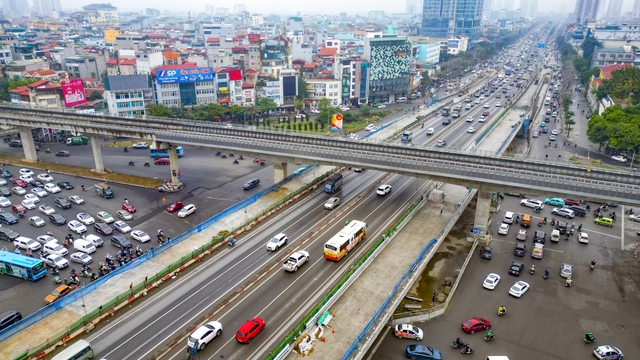
The project involves the construction of 2 parallel steel overpasses with Mai Dich overpass as part of the Mai Dich – Nam Thang Long – Ring Road 3 Hanoi project. The project has a total investment of 342 billion VND, managed by the Thang Long Project Management Board as the investor and TAISE Corporation (Japan) as the construction contractor.
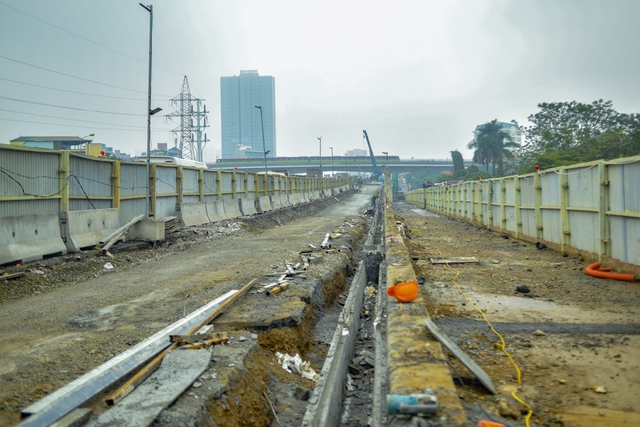
According to the design, each overpass is about 760m long with a width of 7.75m on each side, consisting of one motorized vehicle lane (3.5m) and one combined lane (3m), the rest is safety strips and sidewalks.
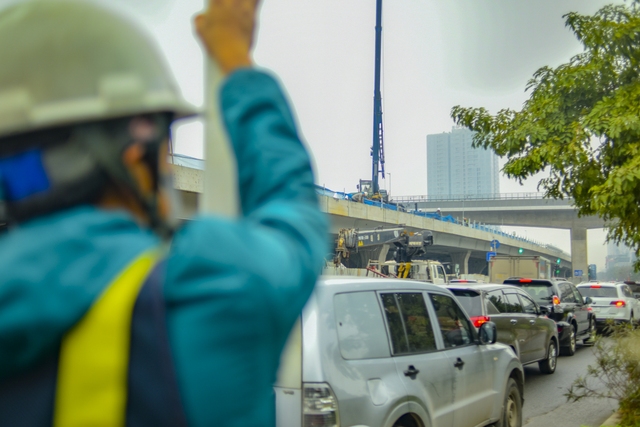
Observations on the steel overpass construction site at Mai Dich show the presence of many workers, engineers, as well as various vehicles, machinery, and construction materials gathered to serve the construction work. Currently, the 2 steel overpasses have taken shape.
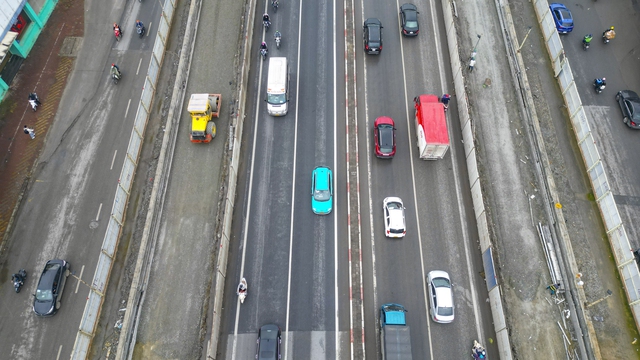
The project is expected to be completed before March 31, 2024. After completion, the steel overpasses are expected to enhance traffic capacity at the Mai Dich intersection, contributing to solving congestion issues in the western area of Hanoi and ensuring the promotion of trade and transportation of passengers and goods between downtown Hanoi, the northern region, and surrounding areas.
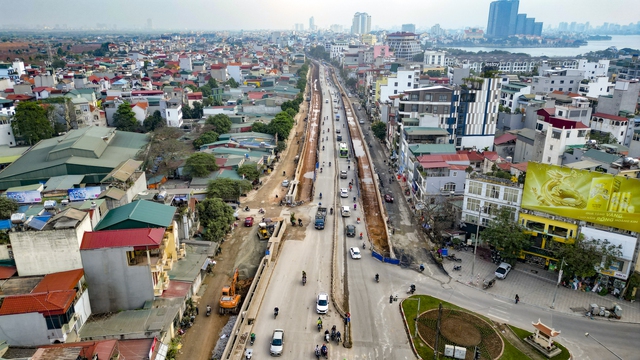
The project involves the renovation and expansion of u Co street, from Nghi Tam to Nhat Tan intersection, with a length of 3.7 km and a total investment of 815 billion VND, managed by the Hanoi Project Management Board of Traffic Construction as the investor. According to the first adjustment decision of Hanoi People’s Committee, the project has a construction and completion schedule in 2020.
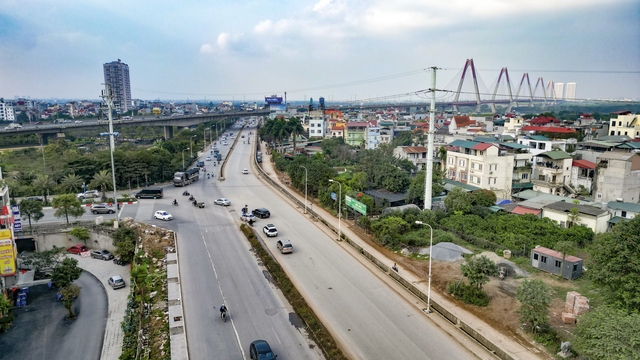
However, until now, the project has not been fully completed, with only a section near Nhat Tan bridge being basically completed.
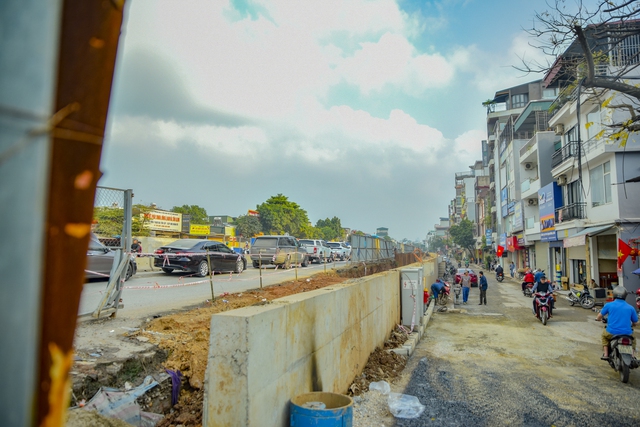
This category can only be carried out during the dry season and must not be done during the period from June 15 to October 31 every year. Therefore, this can only be done for 7 months and each construction period must organize traffic flow in accordance with the actual conditions. At the same time, there are many regulations regarding the river dike being changed, so some designs need to be adjusted, resulting in a delay in the project schedule.
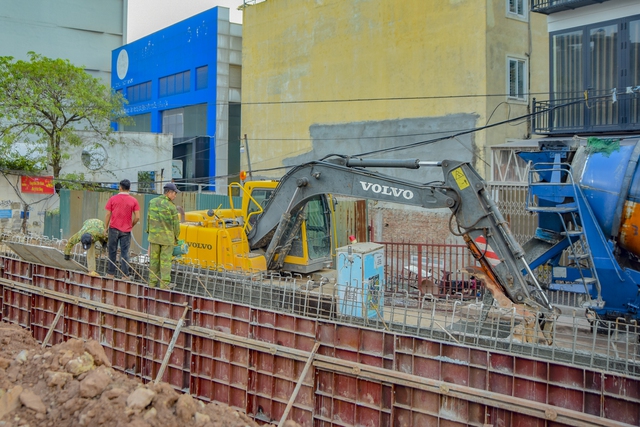

Currently, machinery, as well as dozens of workers, are mobilized to carry out simultaneous construction work along the entire route to speed up the construction progress. Both sides of the road are enclosed with tin sheets, the road surface is quite narrow, and traffic congestion frequently occurs. It is expected that the project will be completed by June 2024.









































